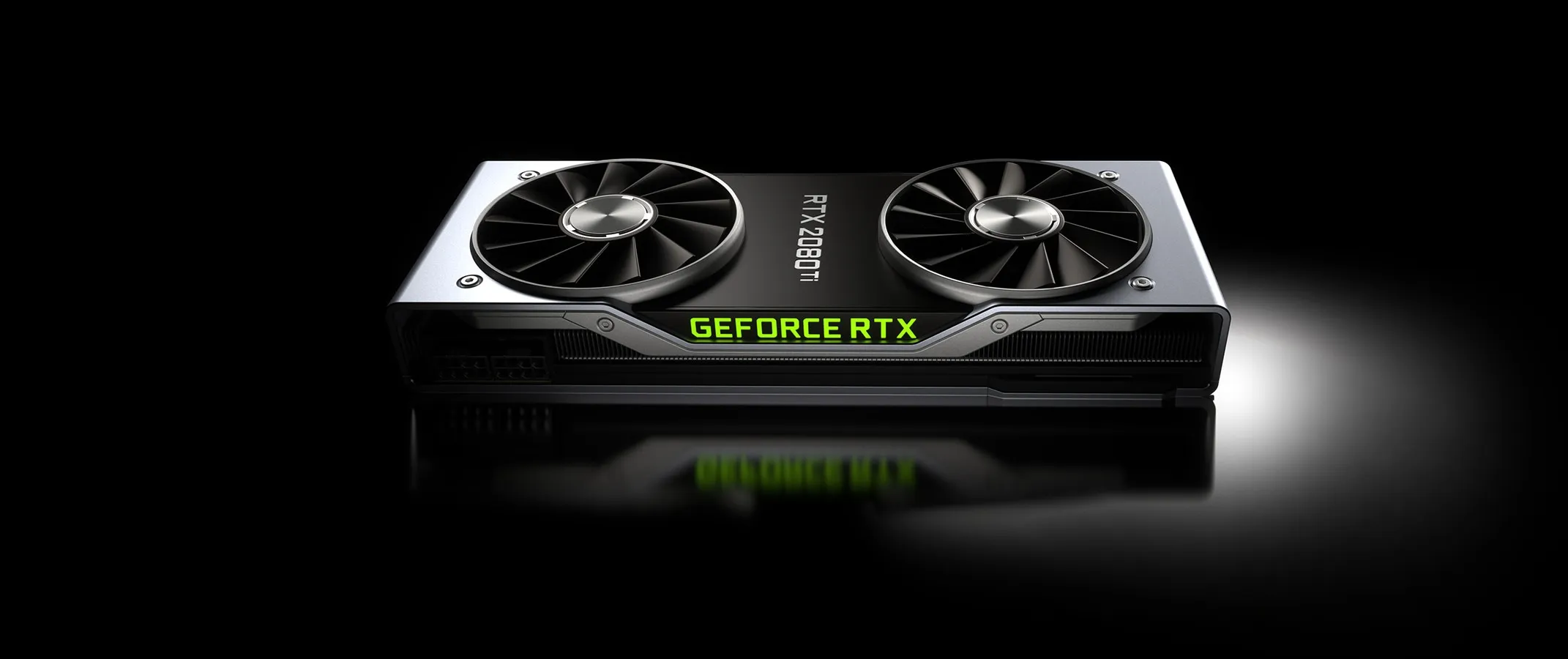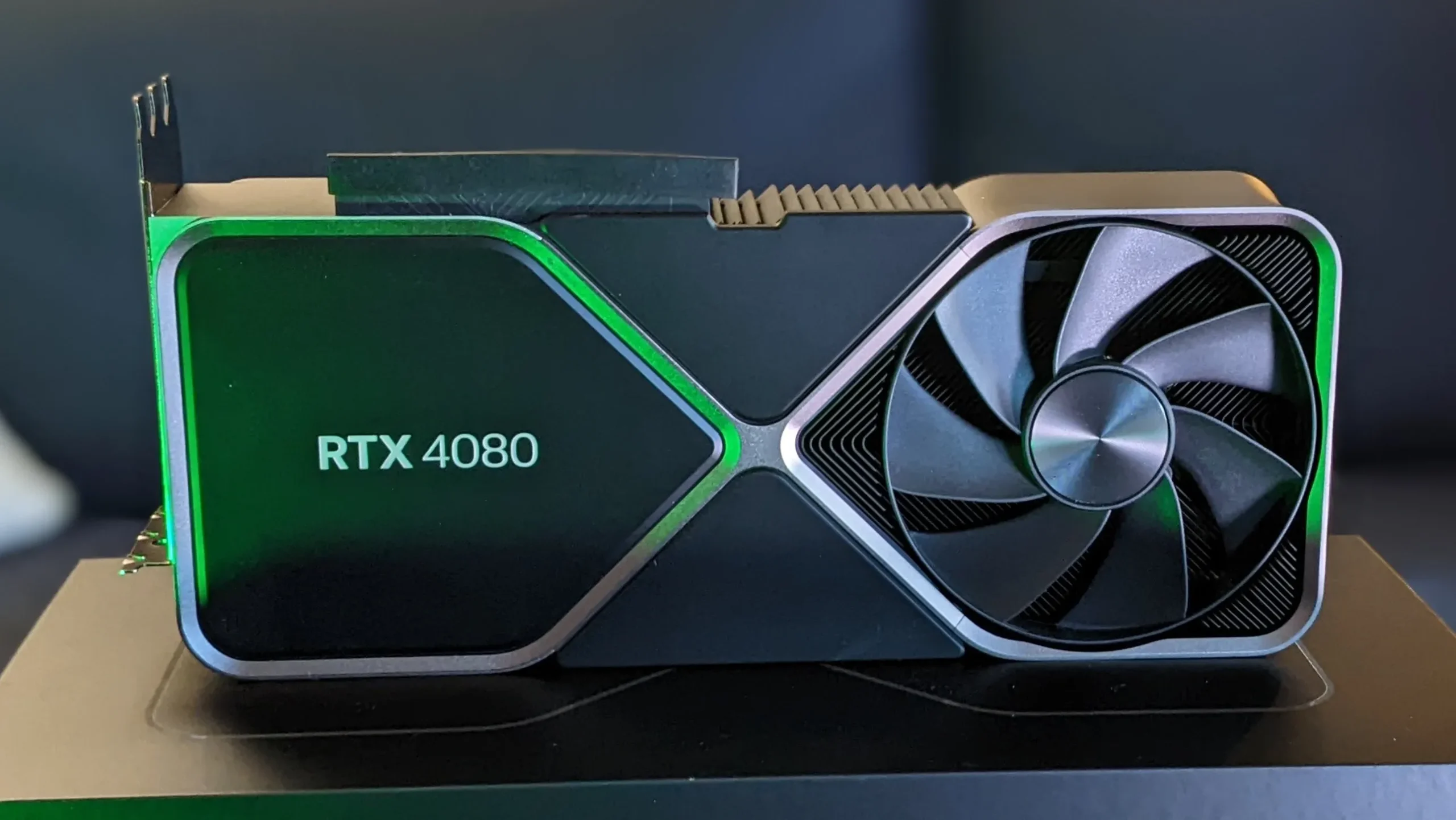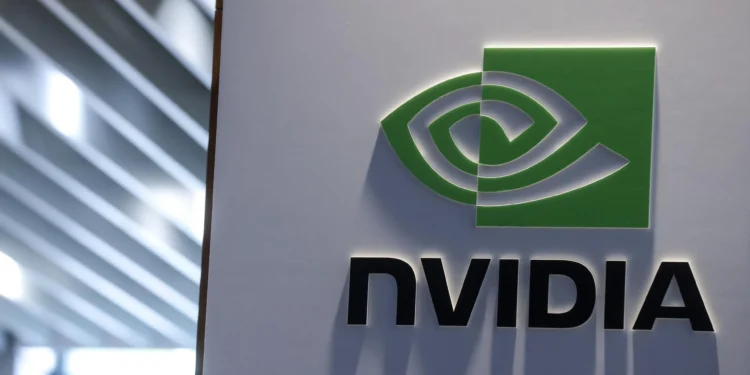As we edge closer to the much-anticipated CES event in January, the buzz around Nvidia’s latest innovation in the gaming and graphics world is reaching a fever pitch. In what could be a defining moment for the tech giant, Nvidia is reportedly gearing up to unveil its next-generation RTX 50-series graphics cards. These new additions are poised to not only advance Nvidia’s own portfolio but also set a new benchmark in the graphics card industry.

Leaks Spark Excitement: A Sneak Peek into Nvidia’s Arsenal
Recent leaks have provided a tantalizing glimpse into Nvidia’s plans, revealing that the company might introduce four high-end models: the RTX 5090, RTX 5080, RTX 5070 Ti, and RTX 5070. These details briefly surfaced on Zotac’s website, an Nvidia partner, and were quickly picked up by the eagle-eyed observers at VideoCardz. Additionally, a special RTX 5090D variant is said to be tailored for the Chinese market, aligning with the stringent US export restrictions on high-performance GPUs.
Powerhouse Performance: The RTX 5090 Leads the Pack
The crown jewel of the upcoming series, the RTX 5090, is reportedly equipped with a staggering 32GB of GDDR7 memory, an upgrade from the previous generation’s 24GB of GDDR6X. This specification alone sets the RTX 5090 apart as a powerhouse in graphical performance. The anticipation for the RTX 5090 is sky-high, as it promises to surpass the formidable 4090, which has dominated the high-performance market since its release in October 2022.

According to an Acer spec sheet for their new Predator Orion desktops, the memory enhancements are not just limited to the 5090. The RTX 5080 is also listed with 16GB of GDDR7, ensuring that both cards offer substantial upgrades over their predecessors.
The Implications of Nvidia’s Innovation
The introduction of the RTX 50-series represents a significant leap forward for Nvidia and the GPU market as a whole. With AMD’s flagship RX 7900 XTX currently competing in a lower tier, the RTX 5090 sets a new high-water mark for performance, particularly appealing to those for whom cutting-edge capabilities are paramount.

As Nvidia continues to push the boundaries of what’s possible in graphic processing technology, the upcoming CES event promises to be a landmark occasion for the industry. With these advanced GPUs, Nvidia is not just launching new products; they are shaping the future of gaming, content creation, and computational graphics. This next generation of graphics cards is likely to ignite a new era of innovation and performance, reinforcing Nvidia’s position at the pinnacle of the technology ecosystem.










